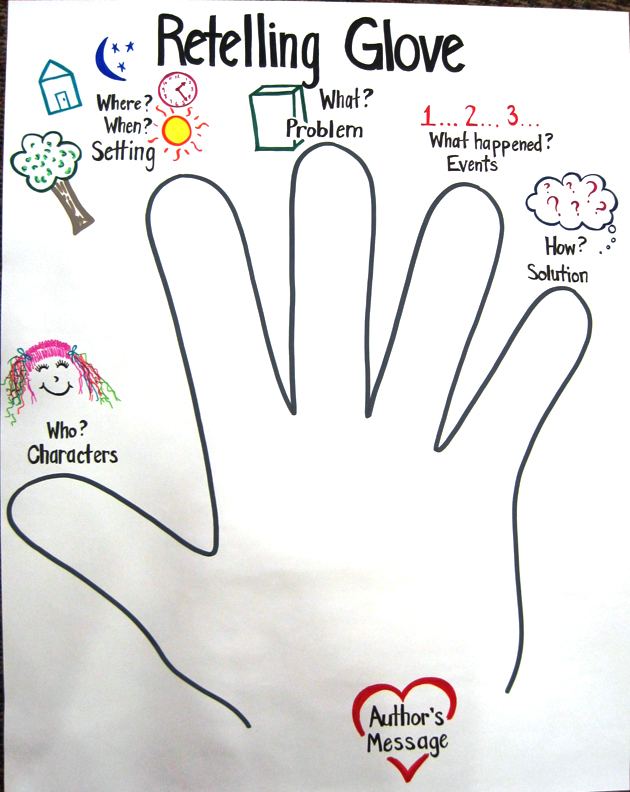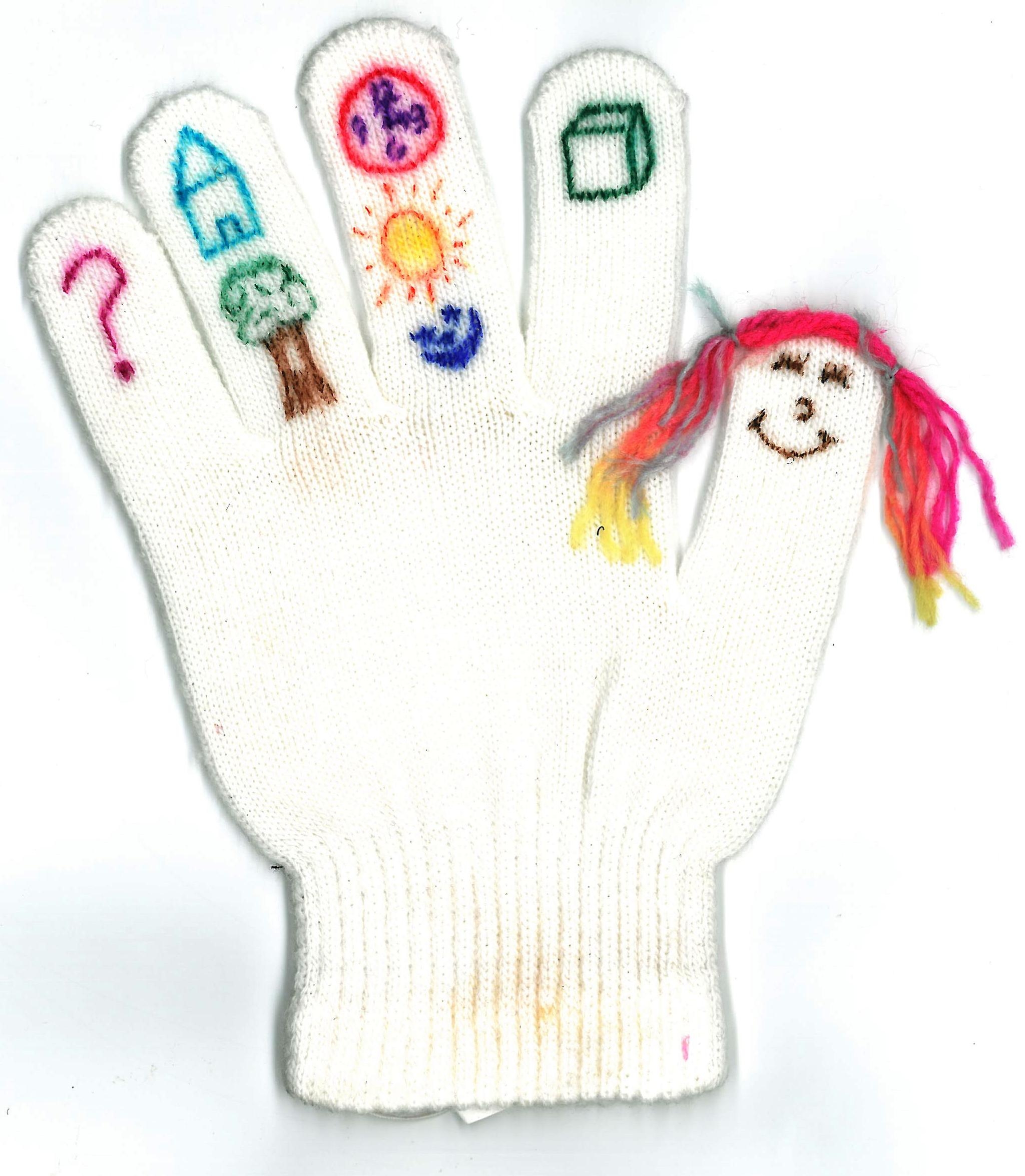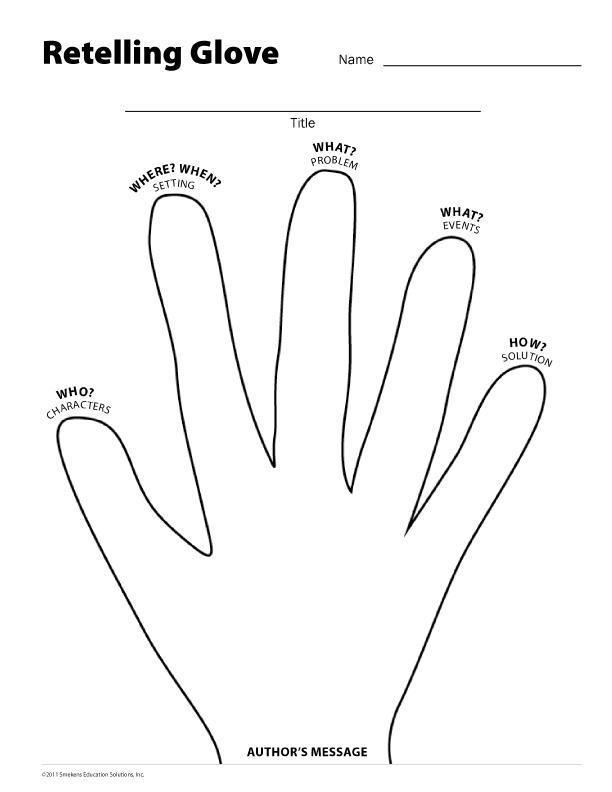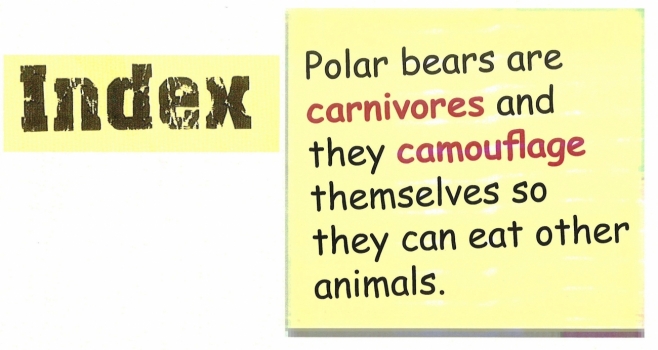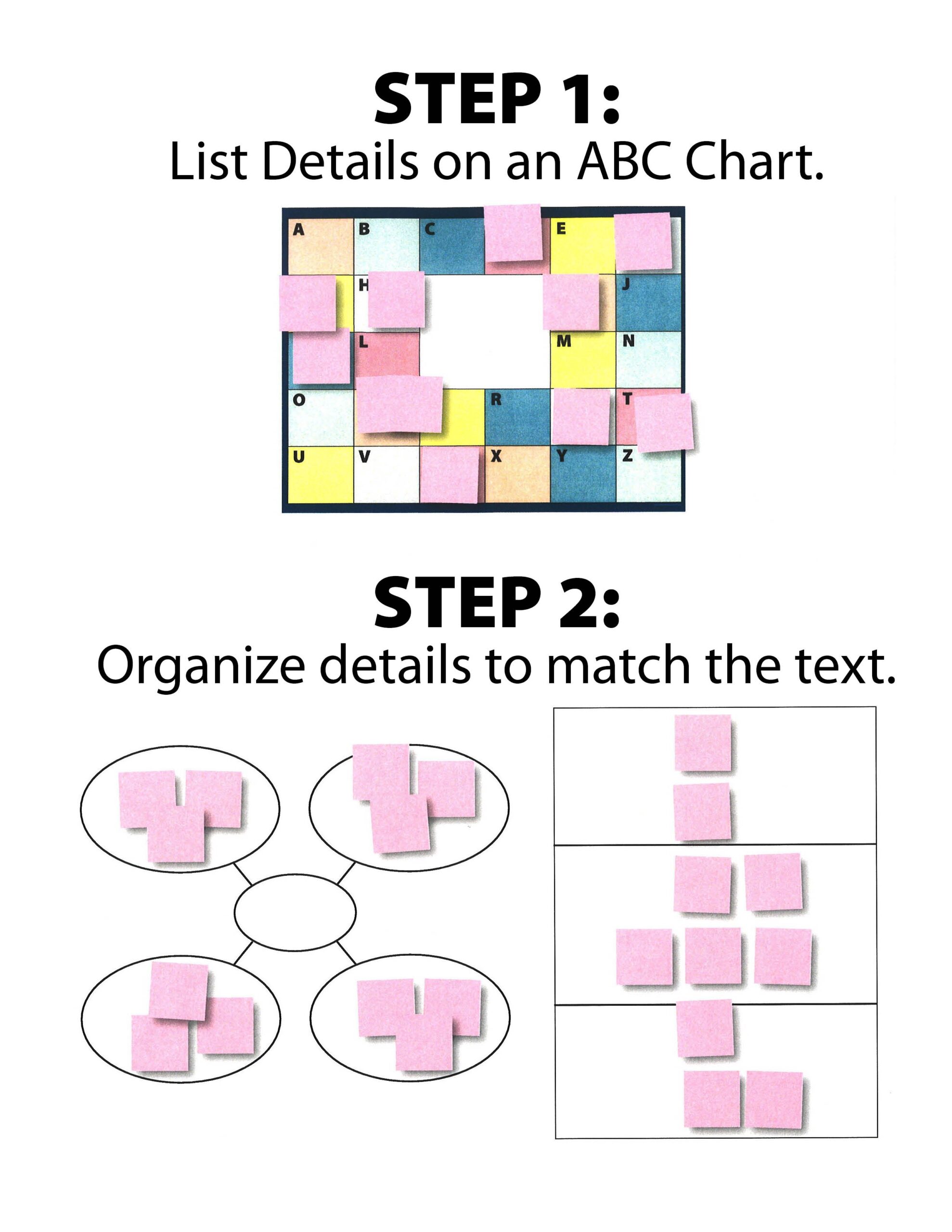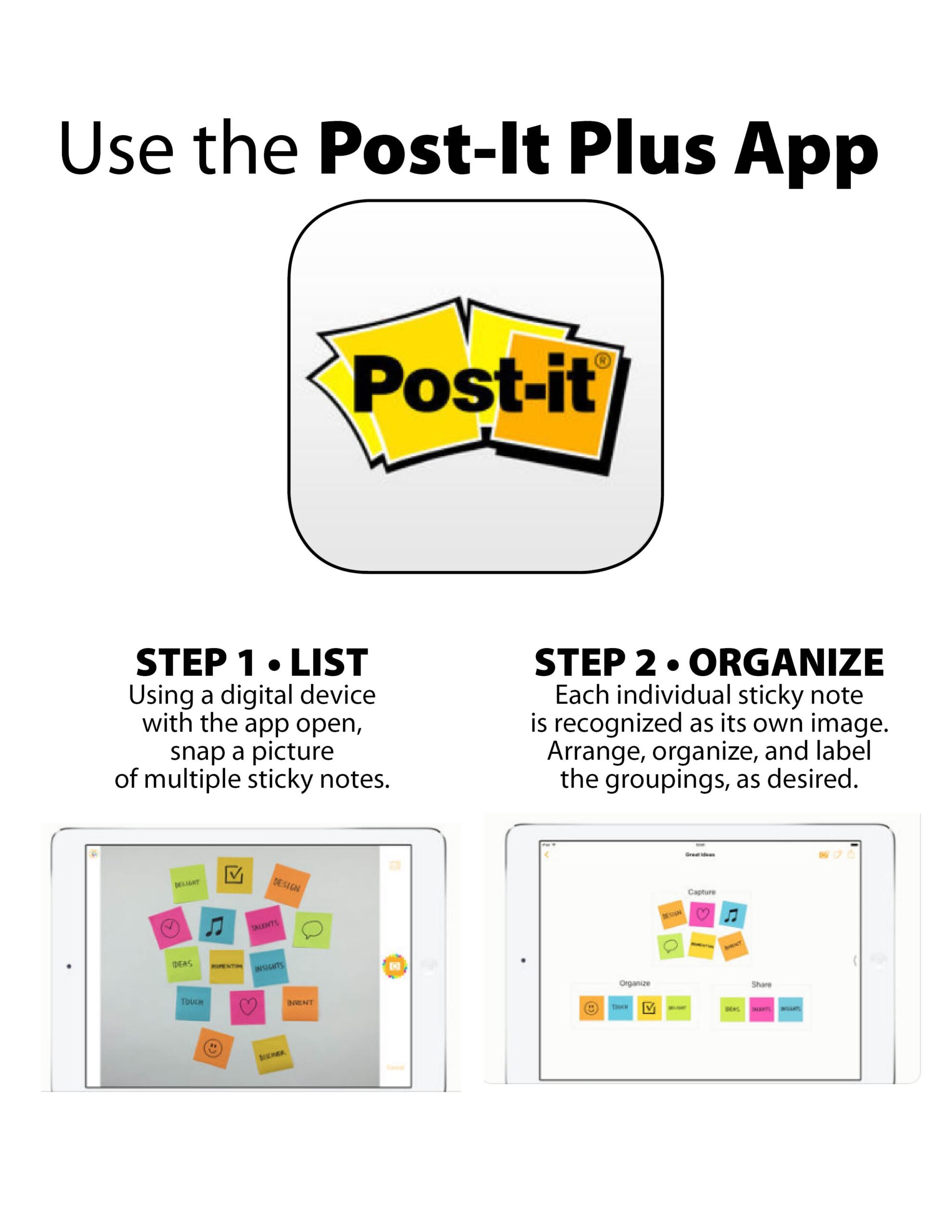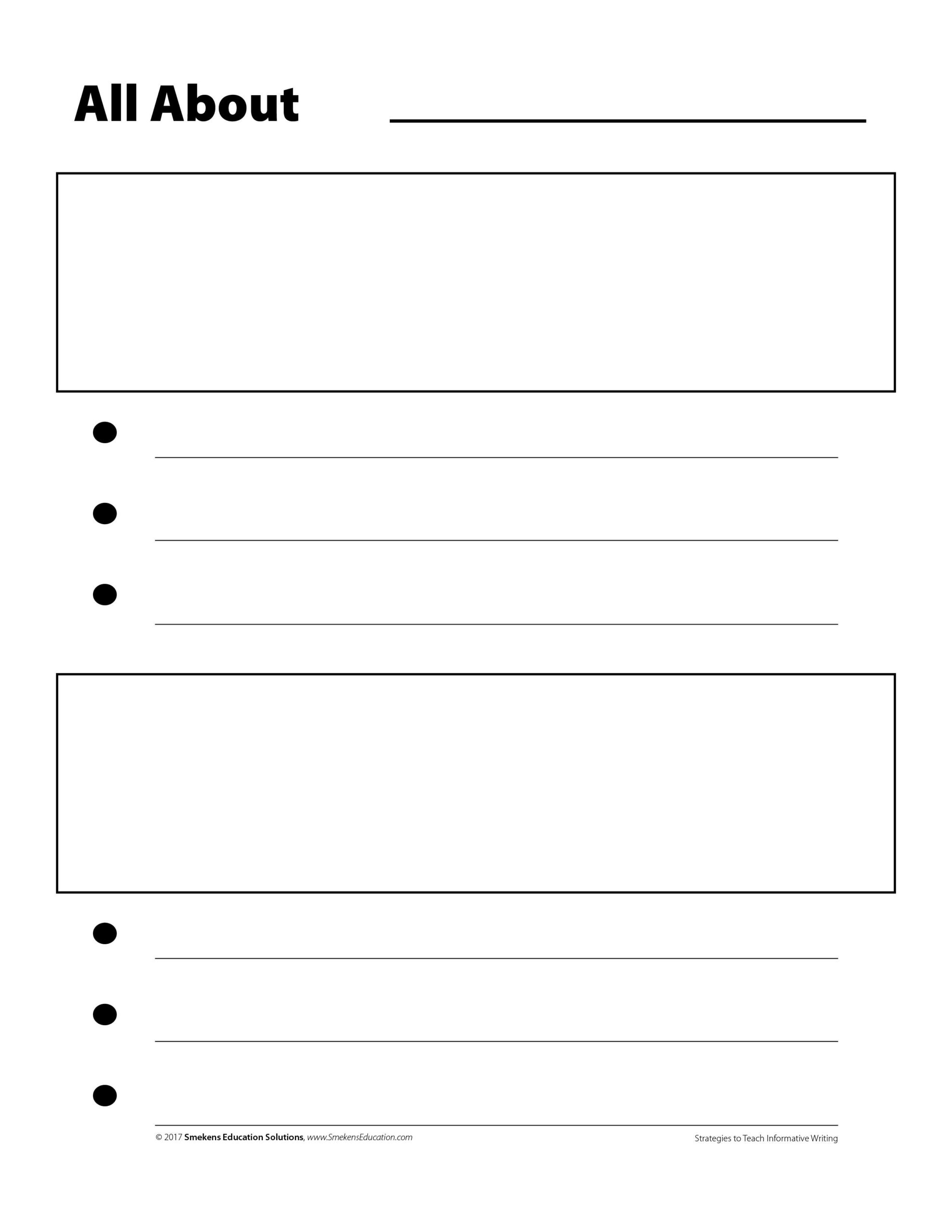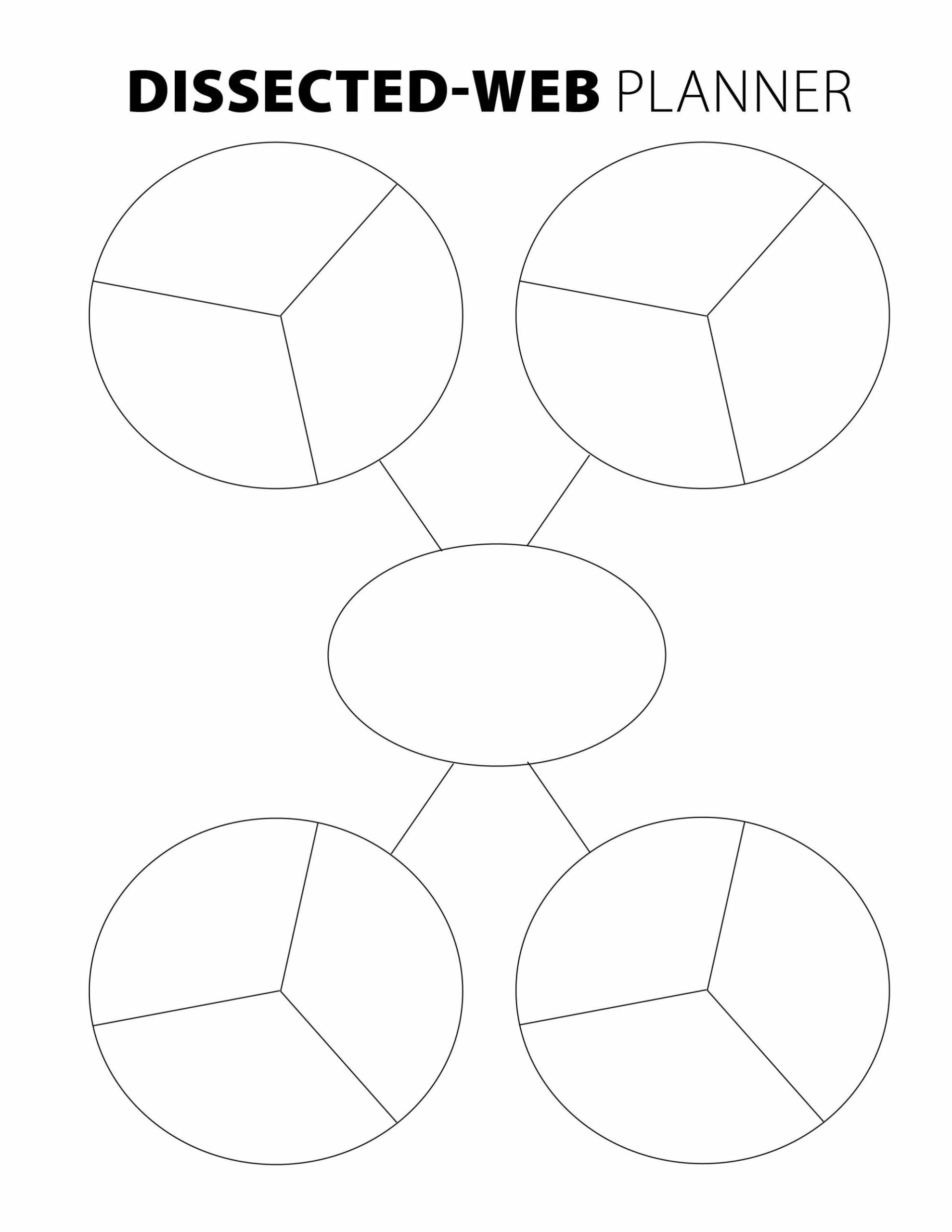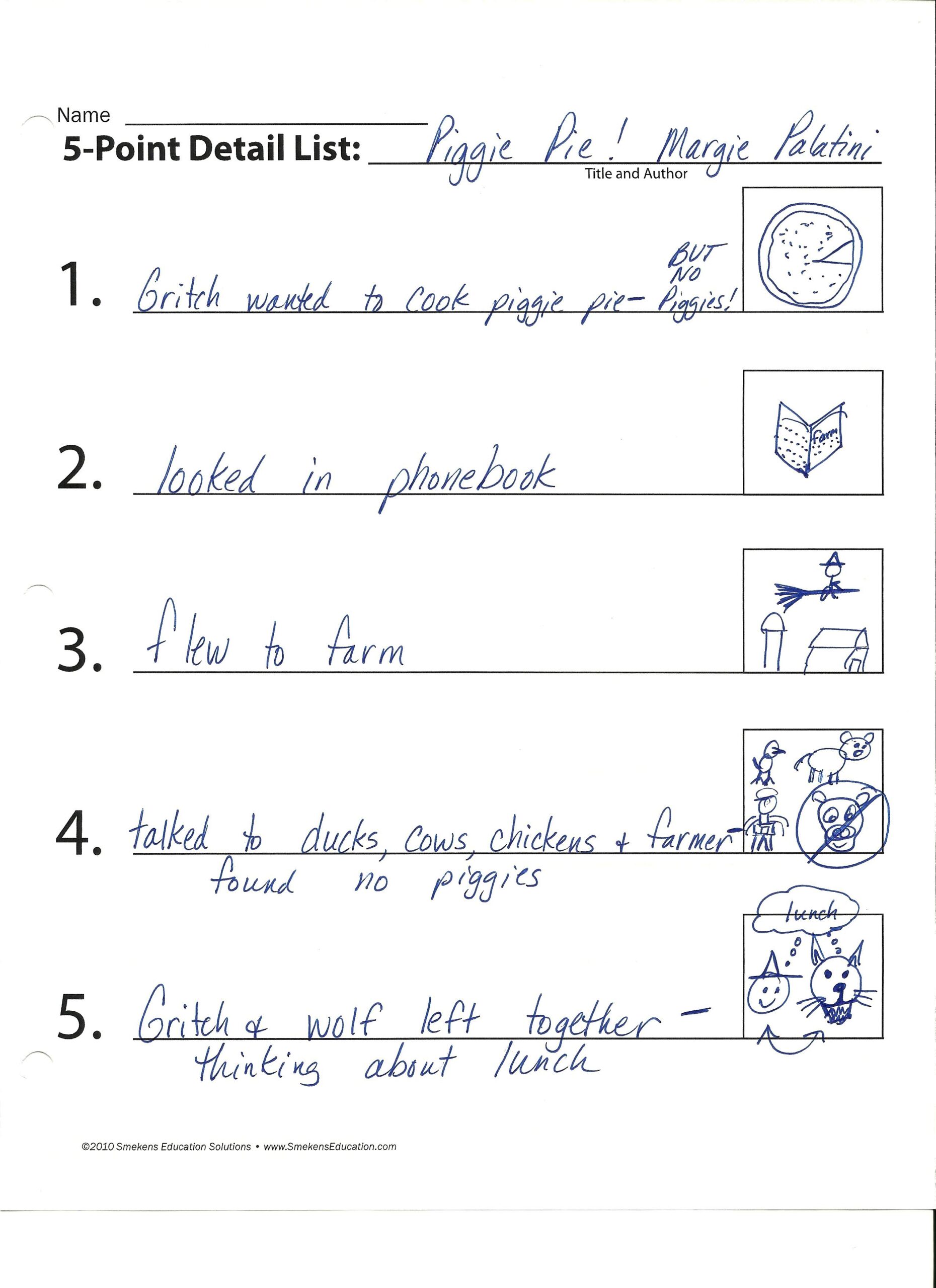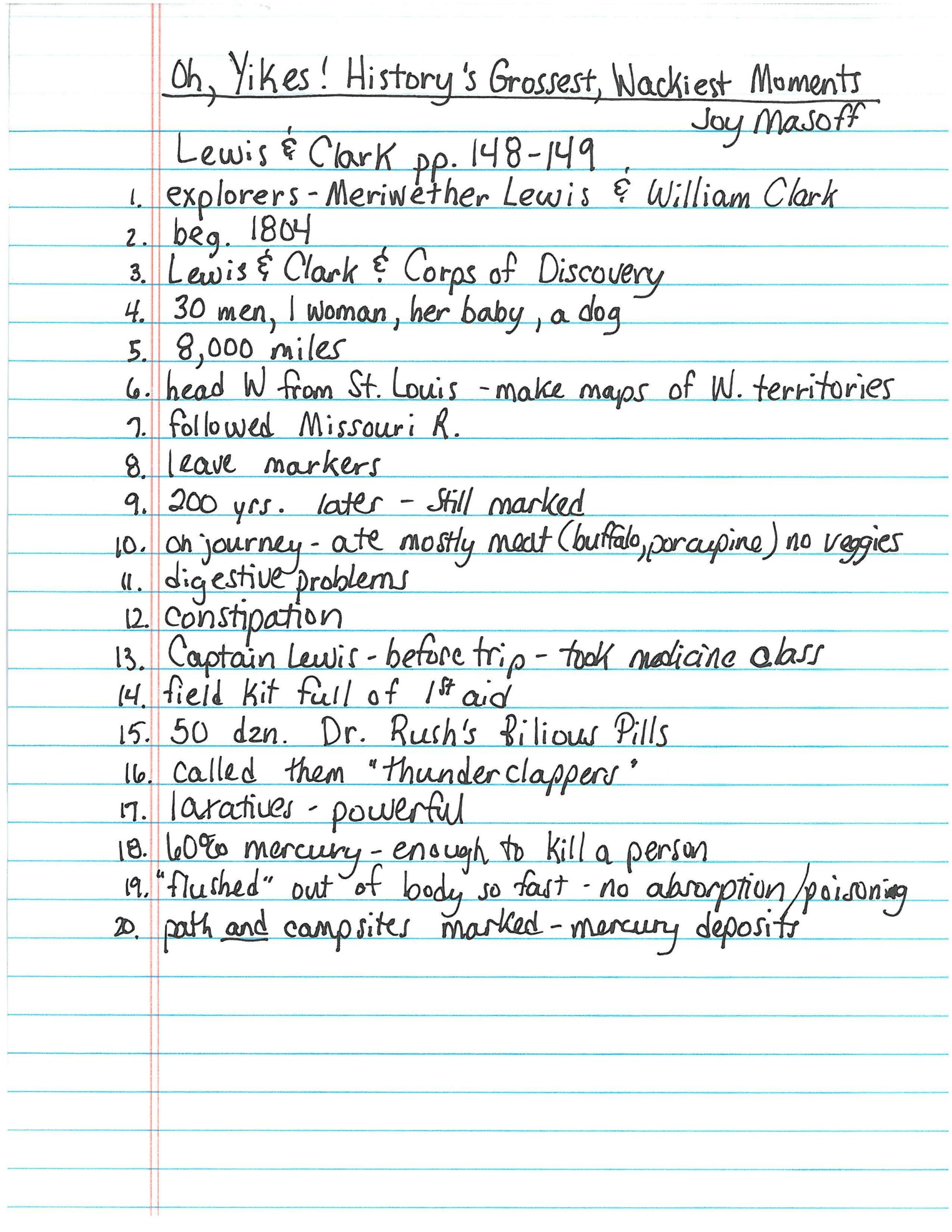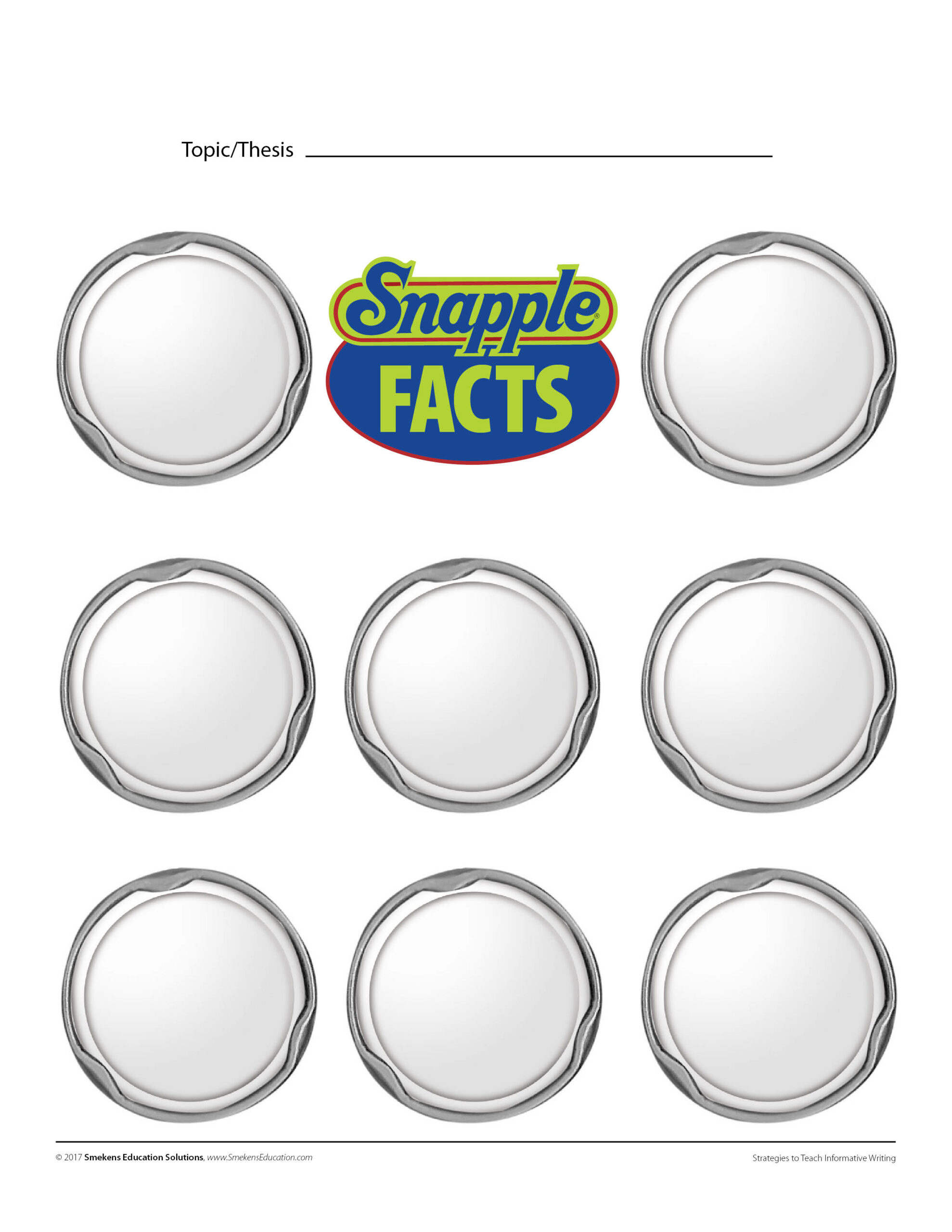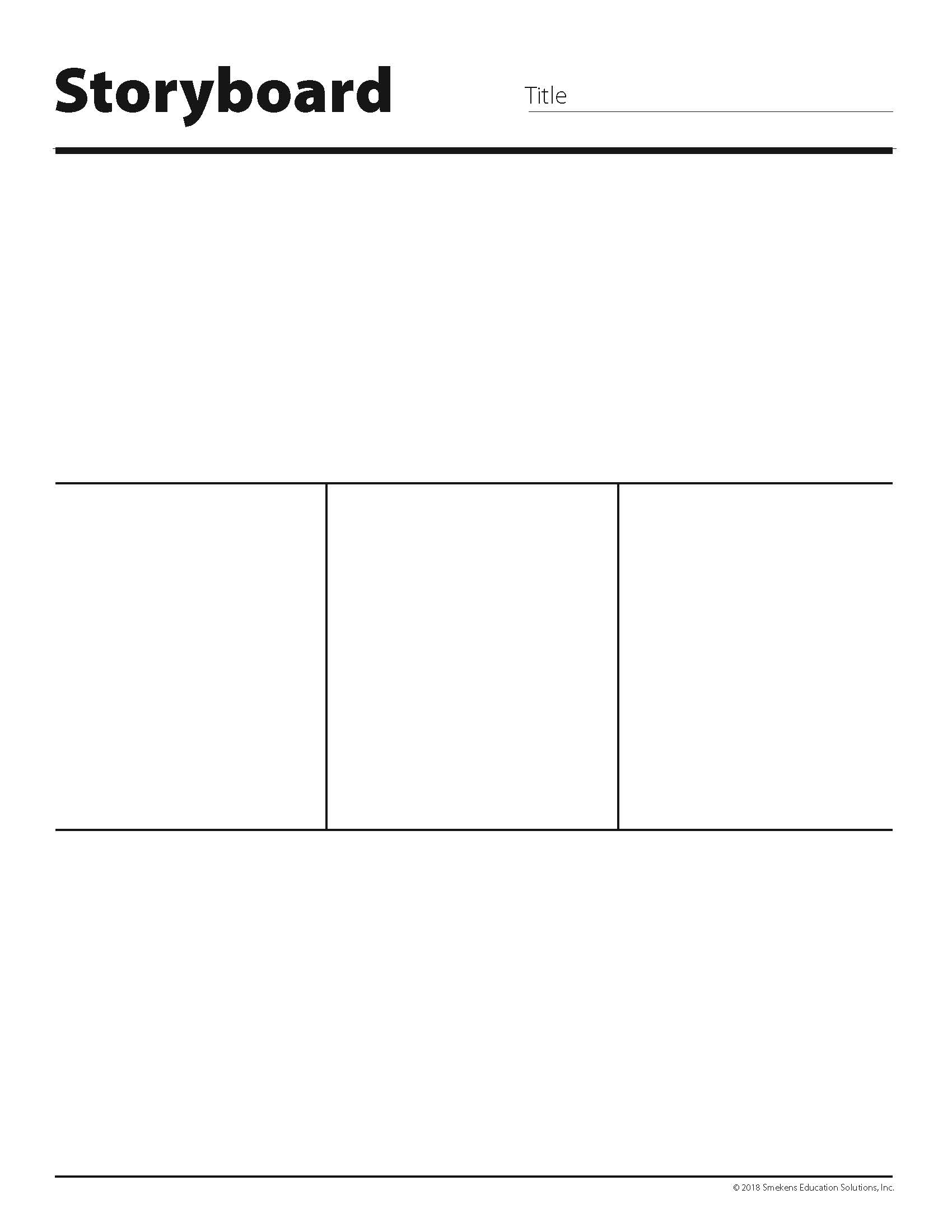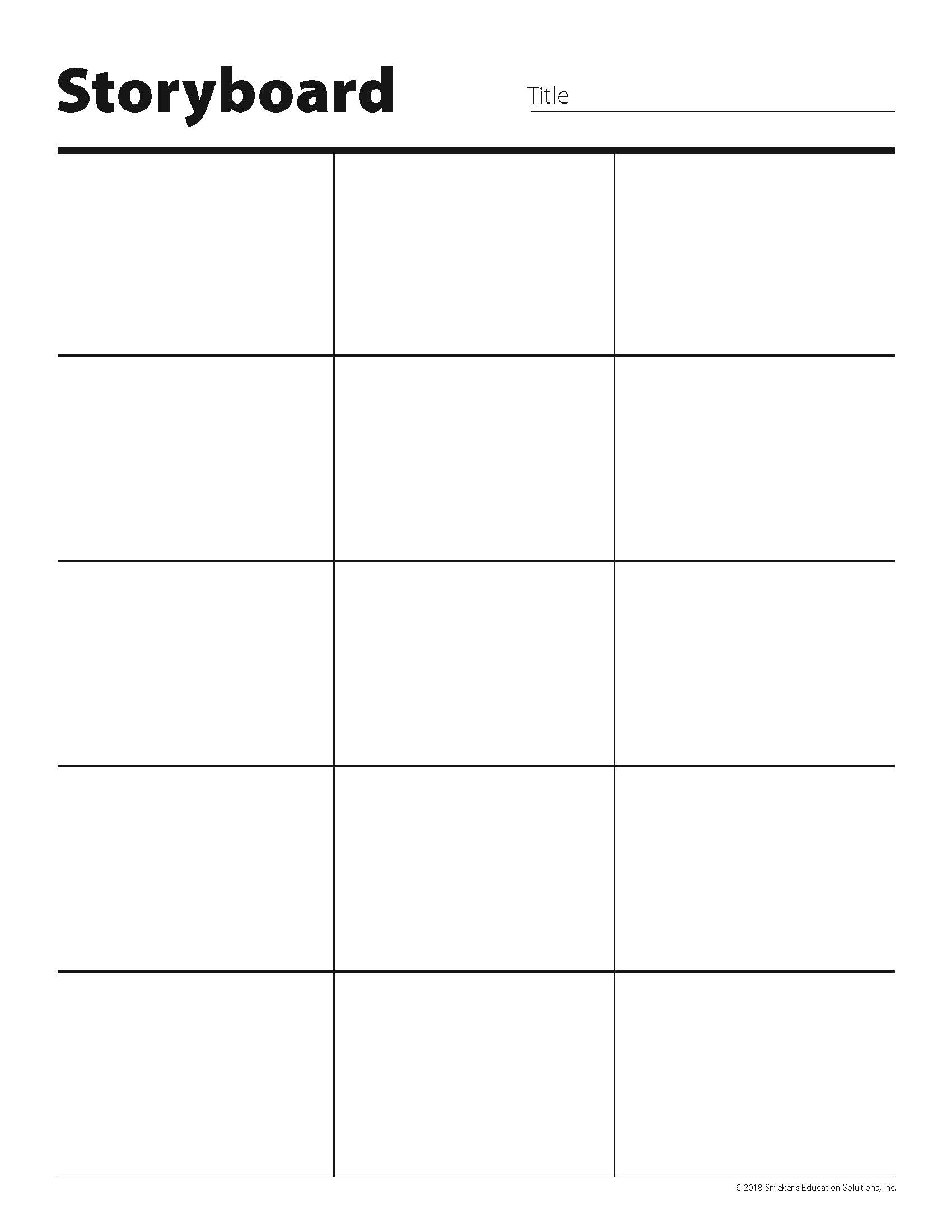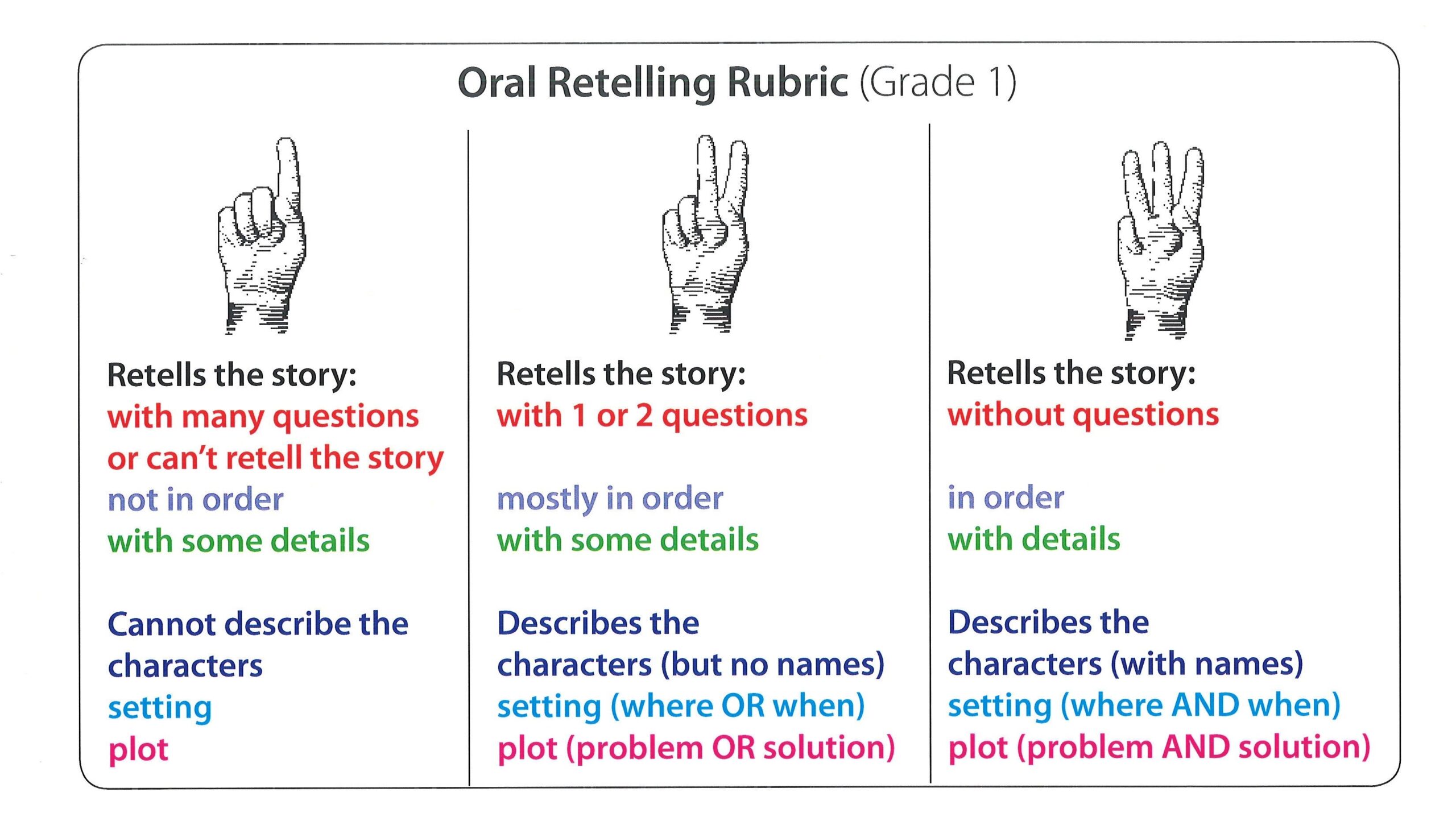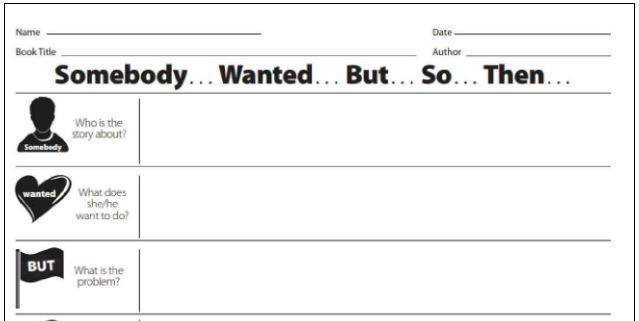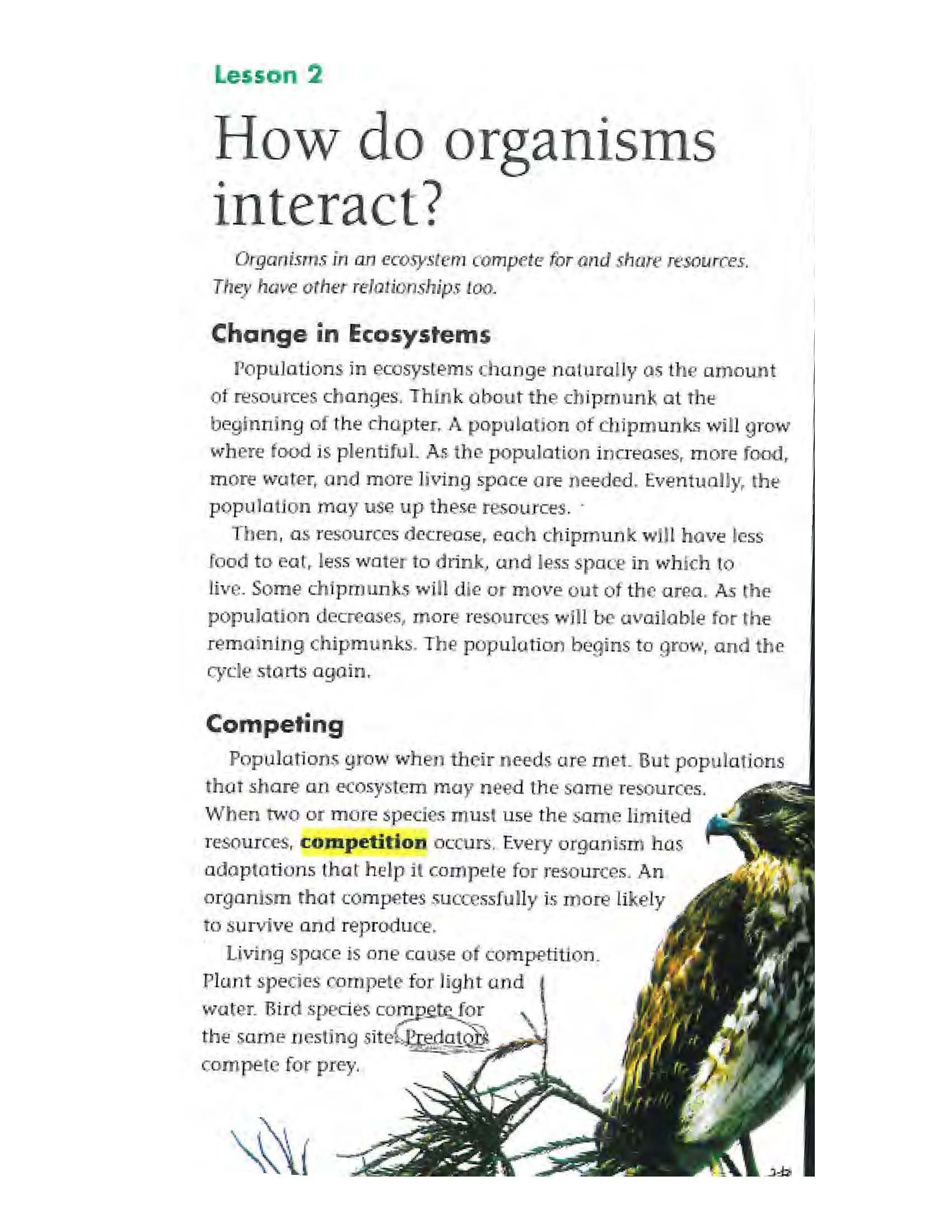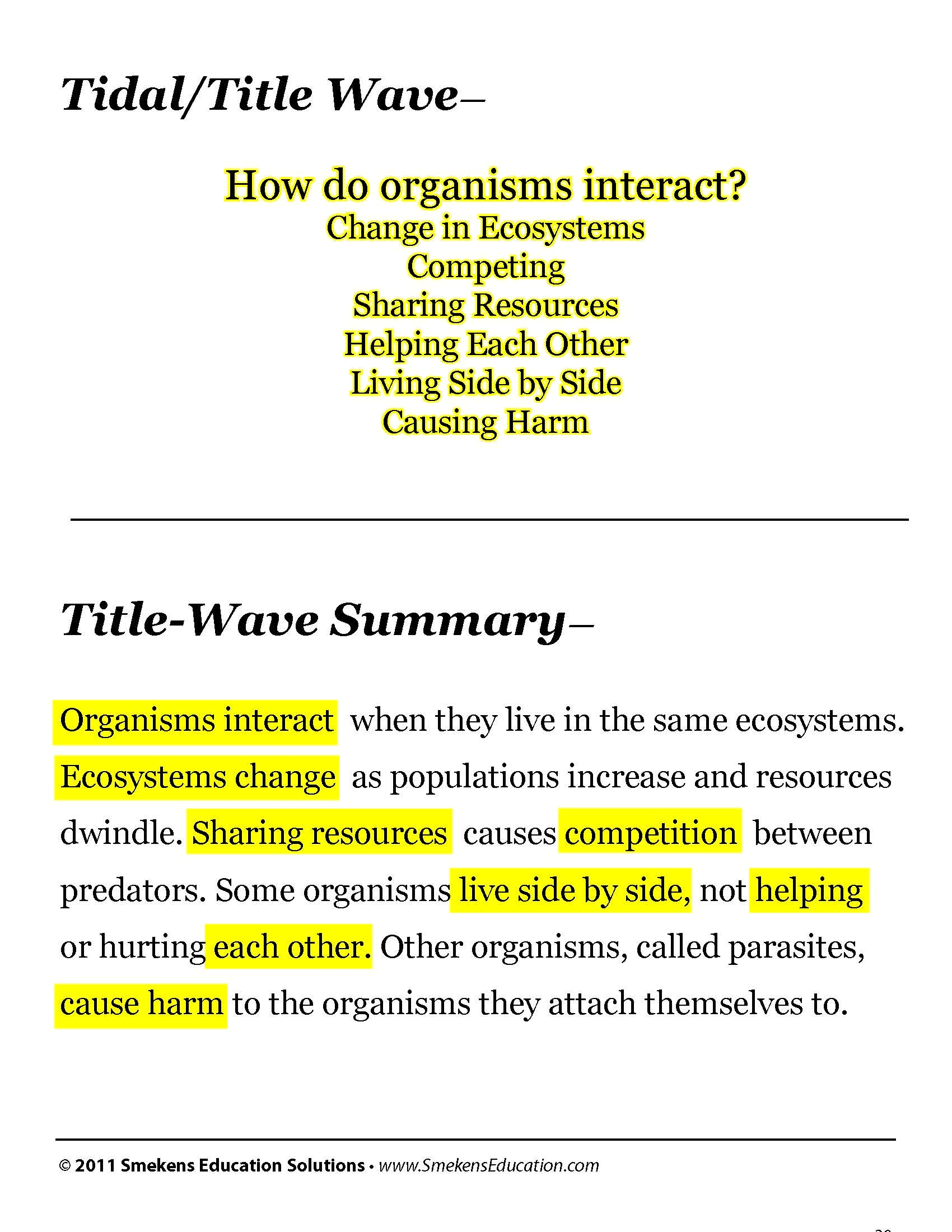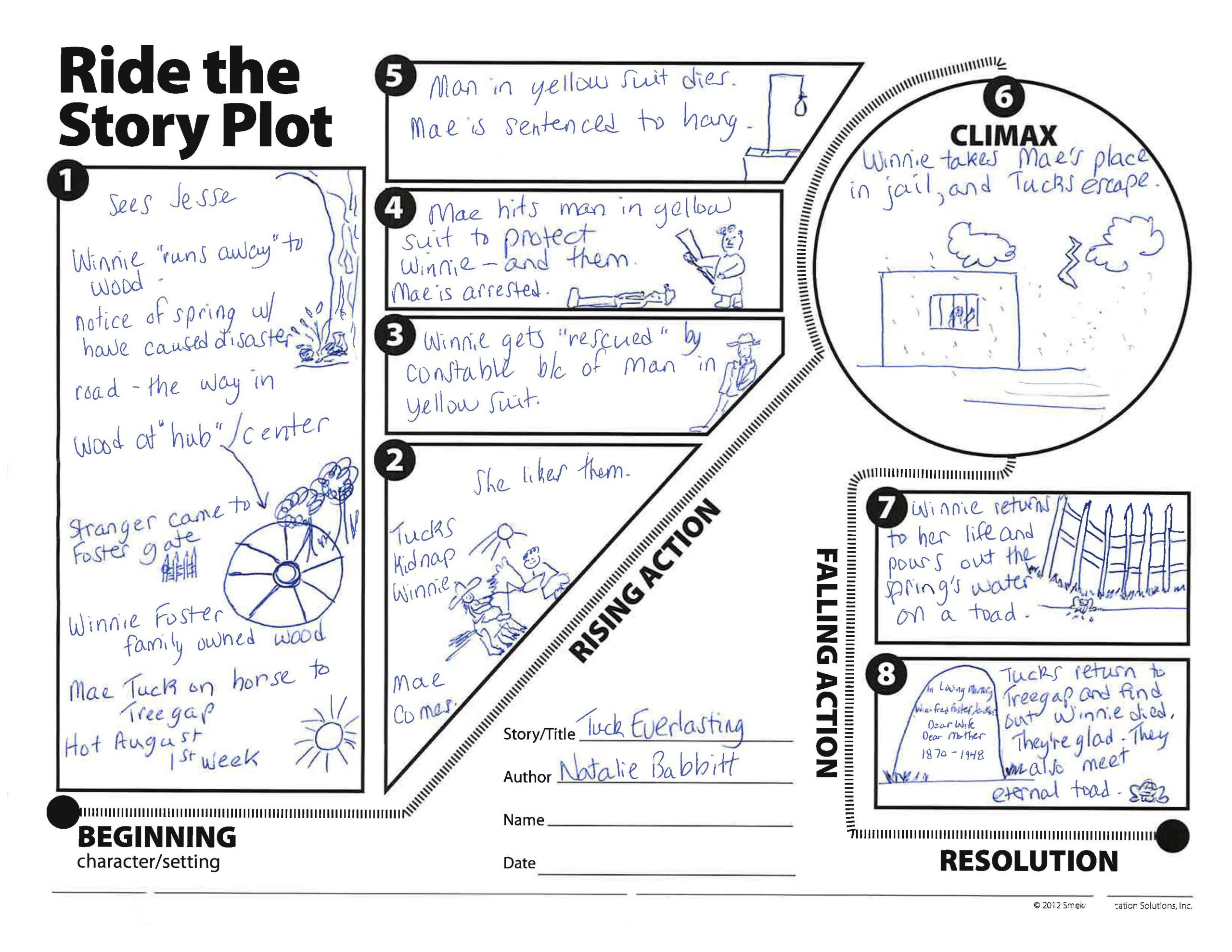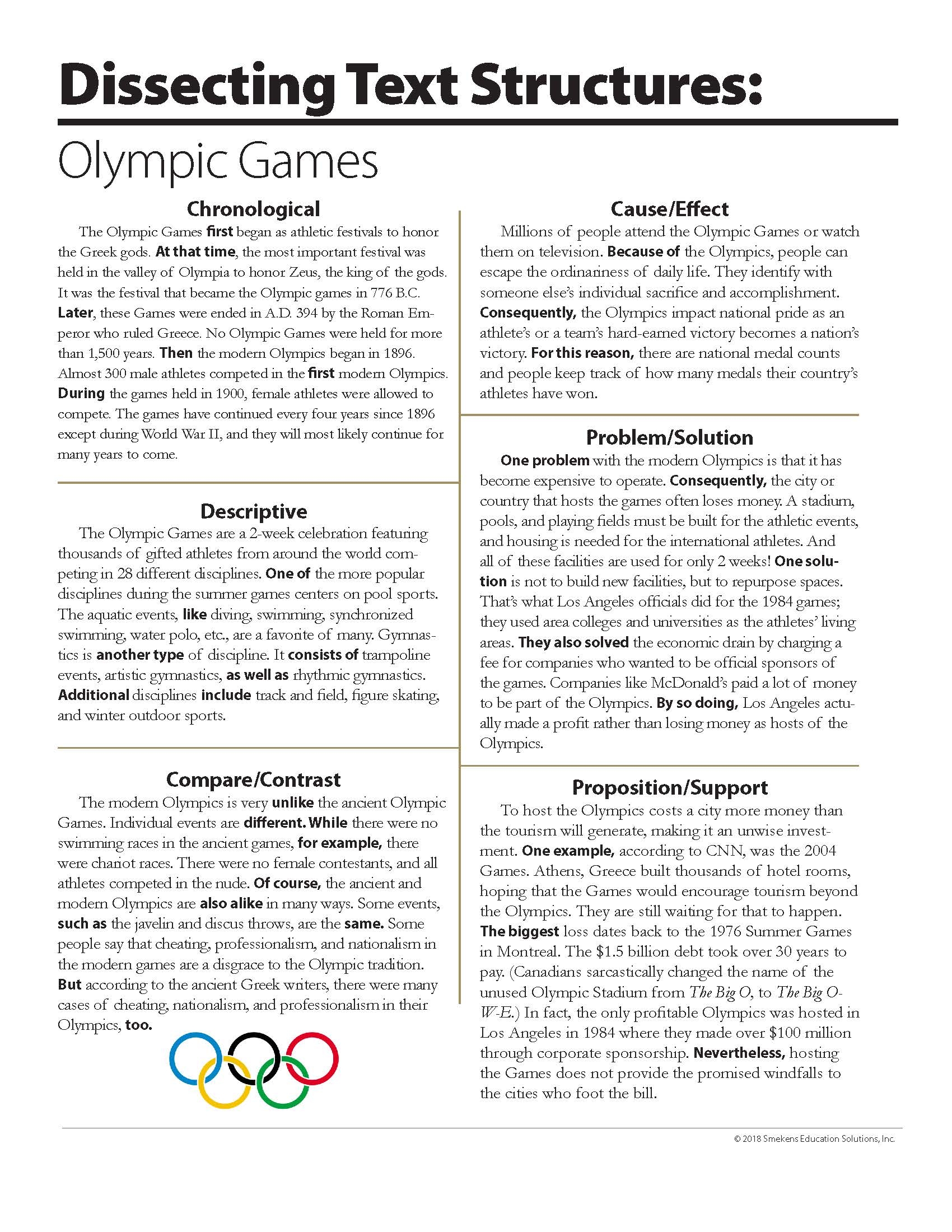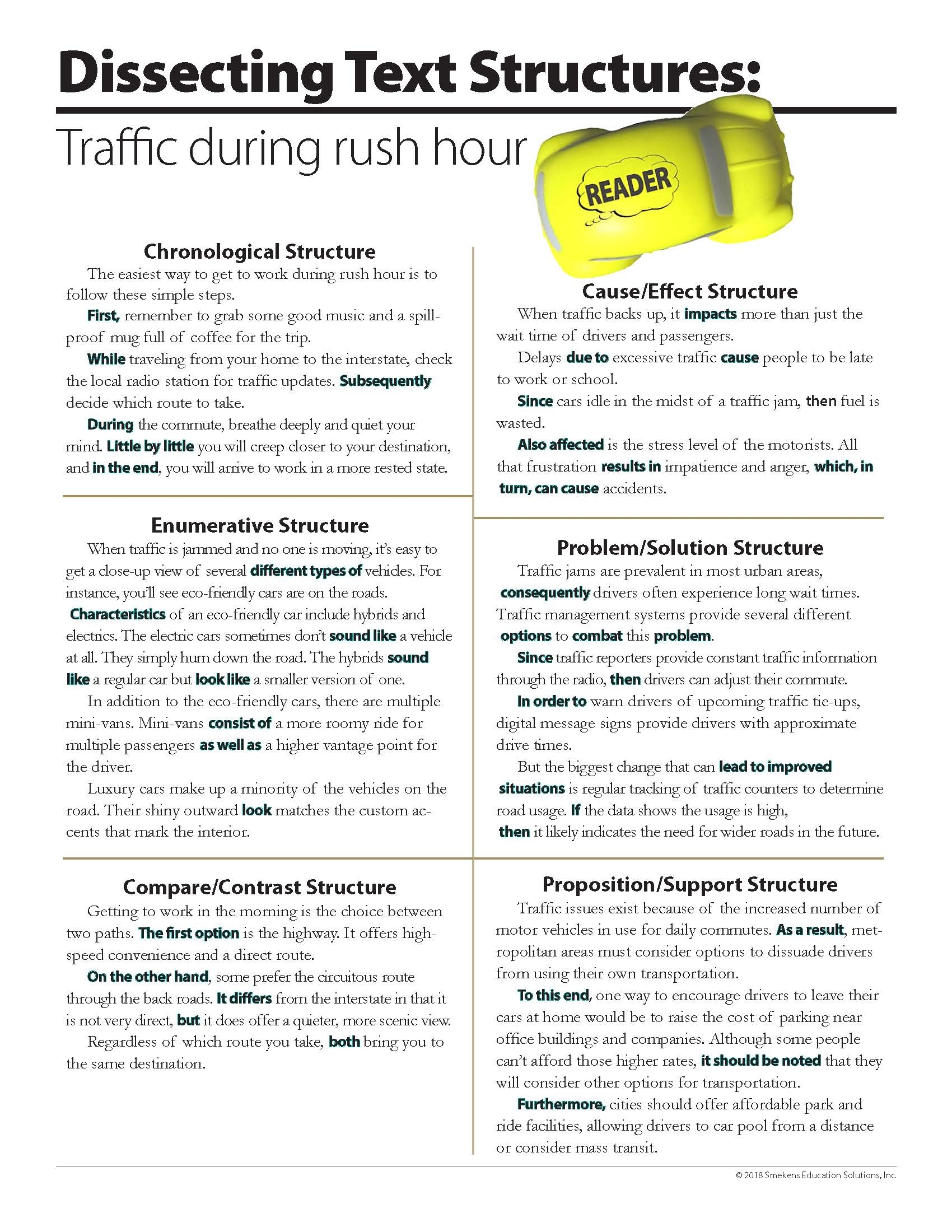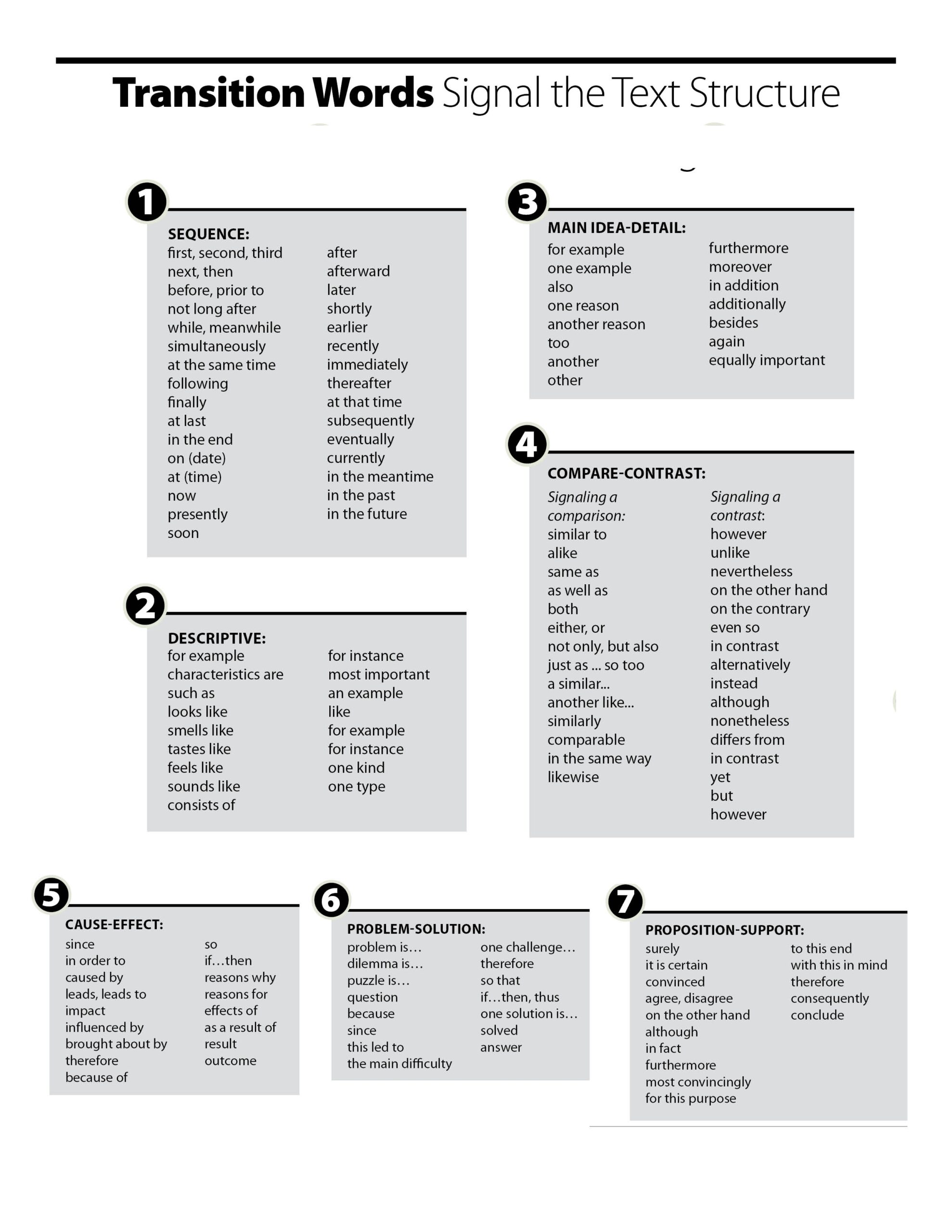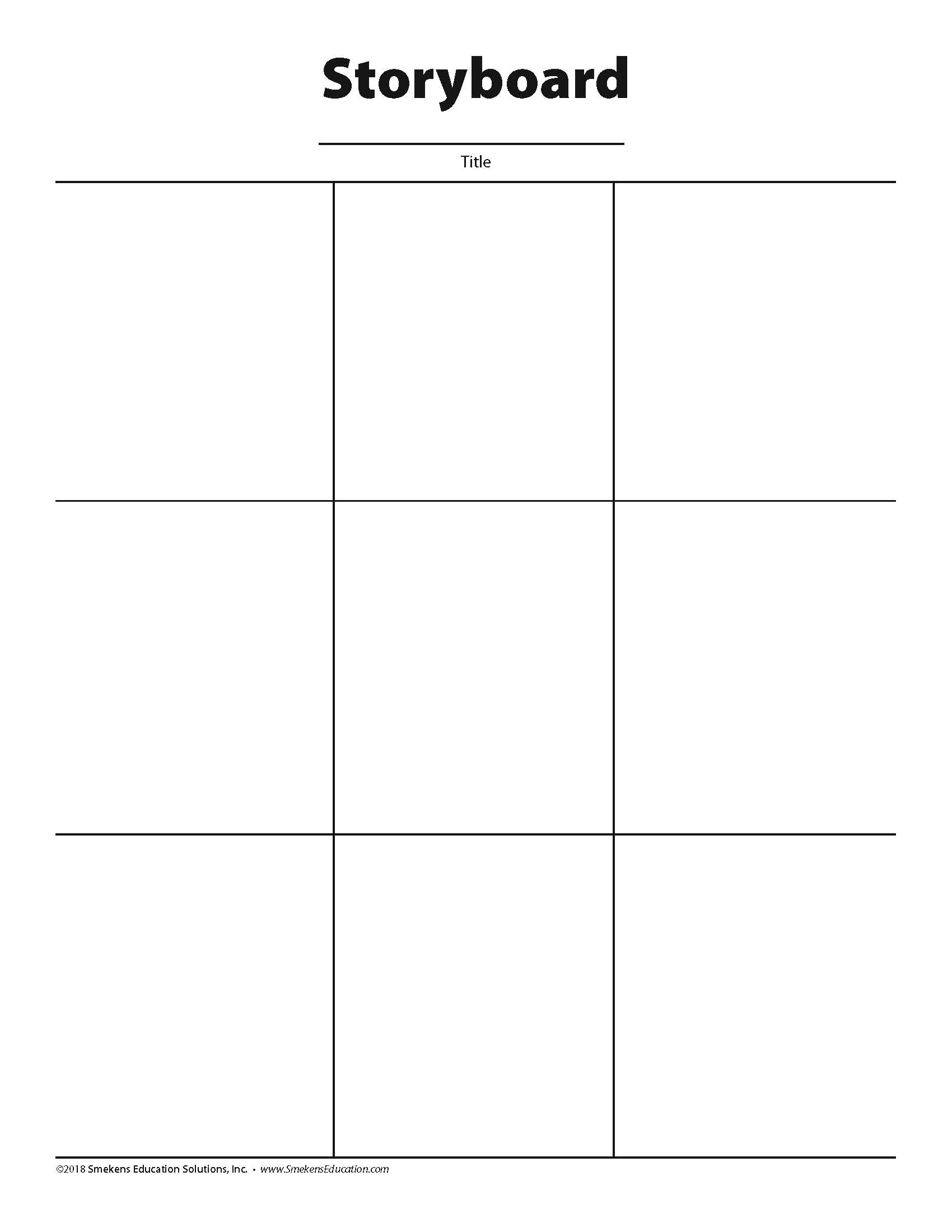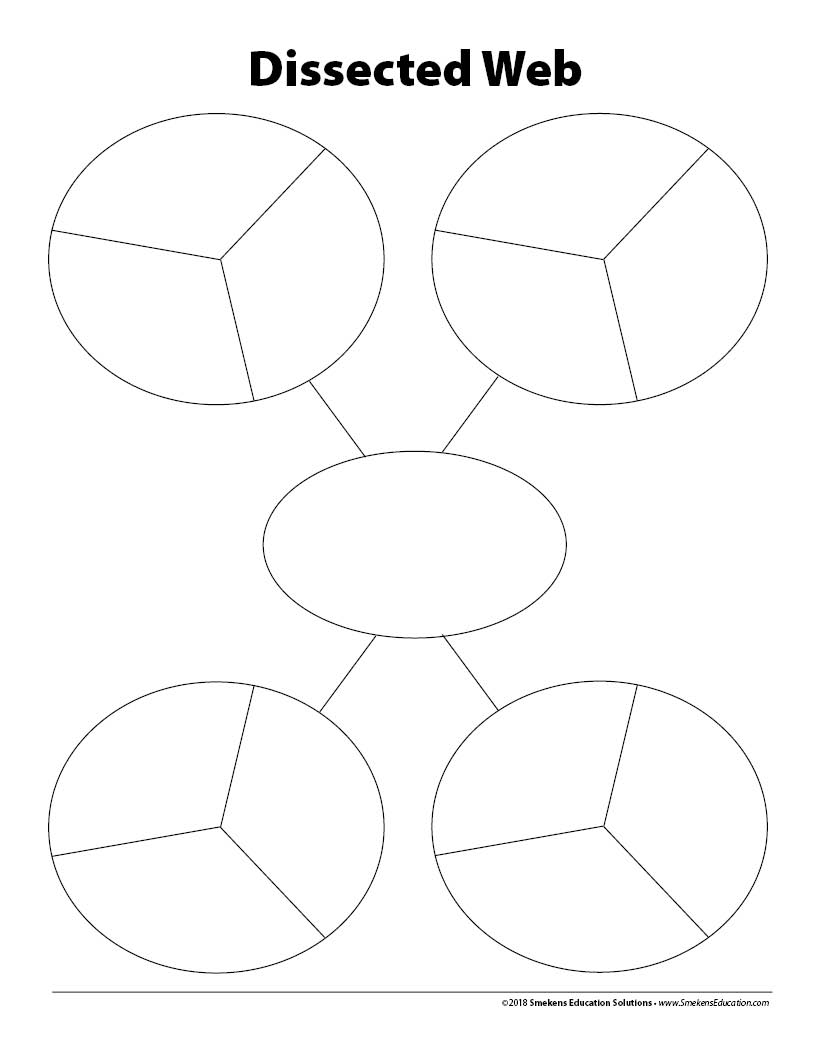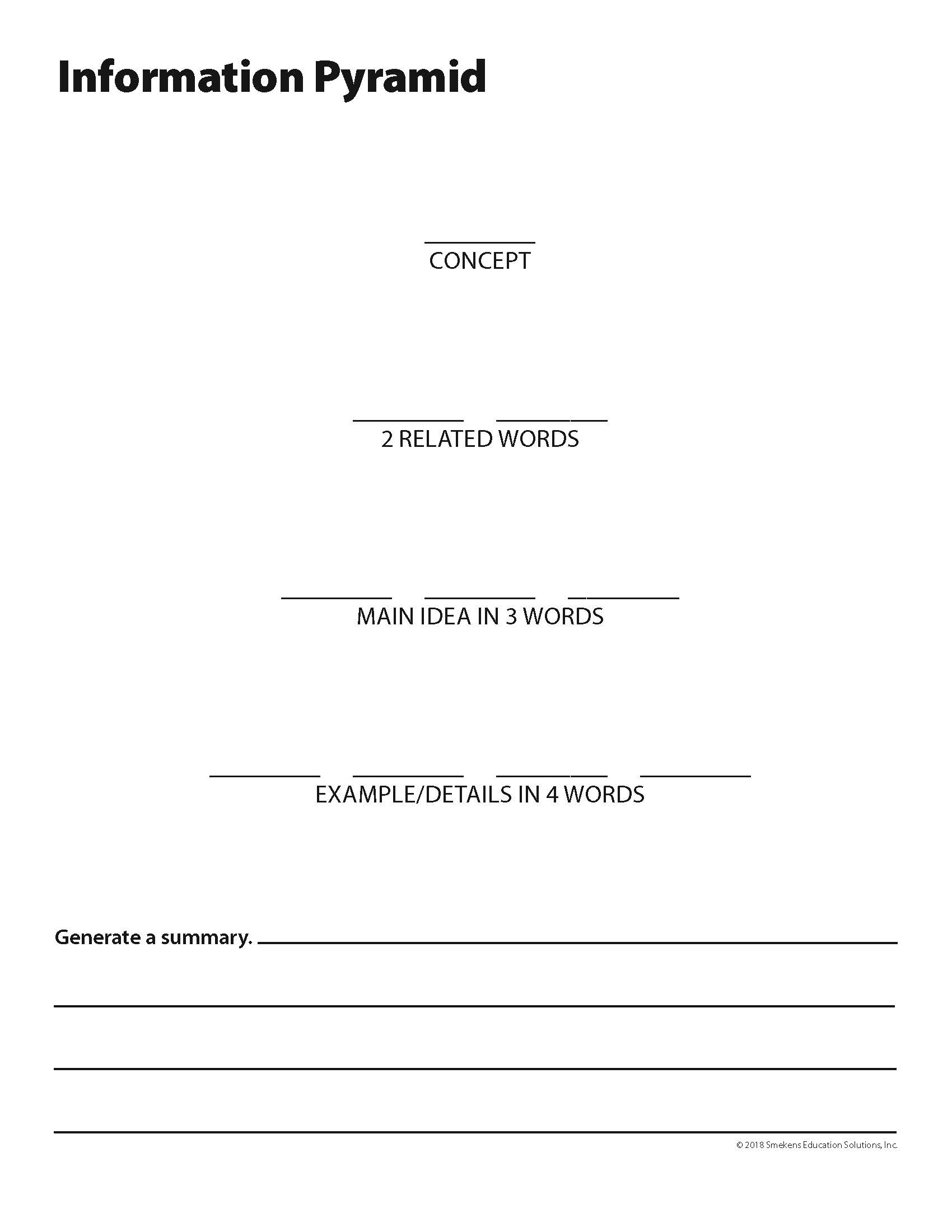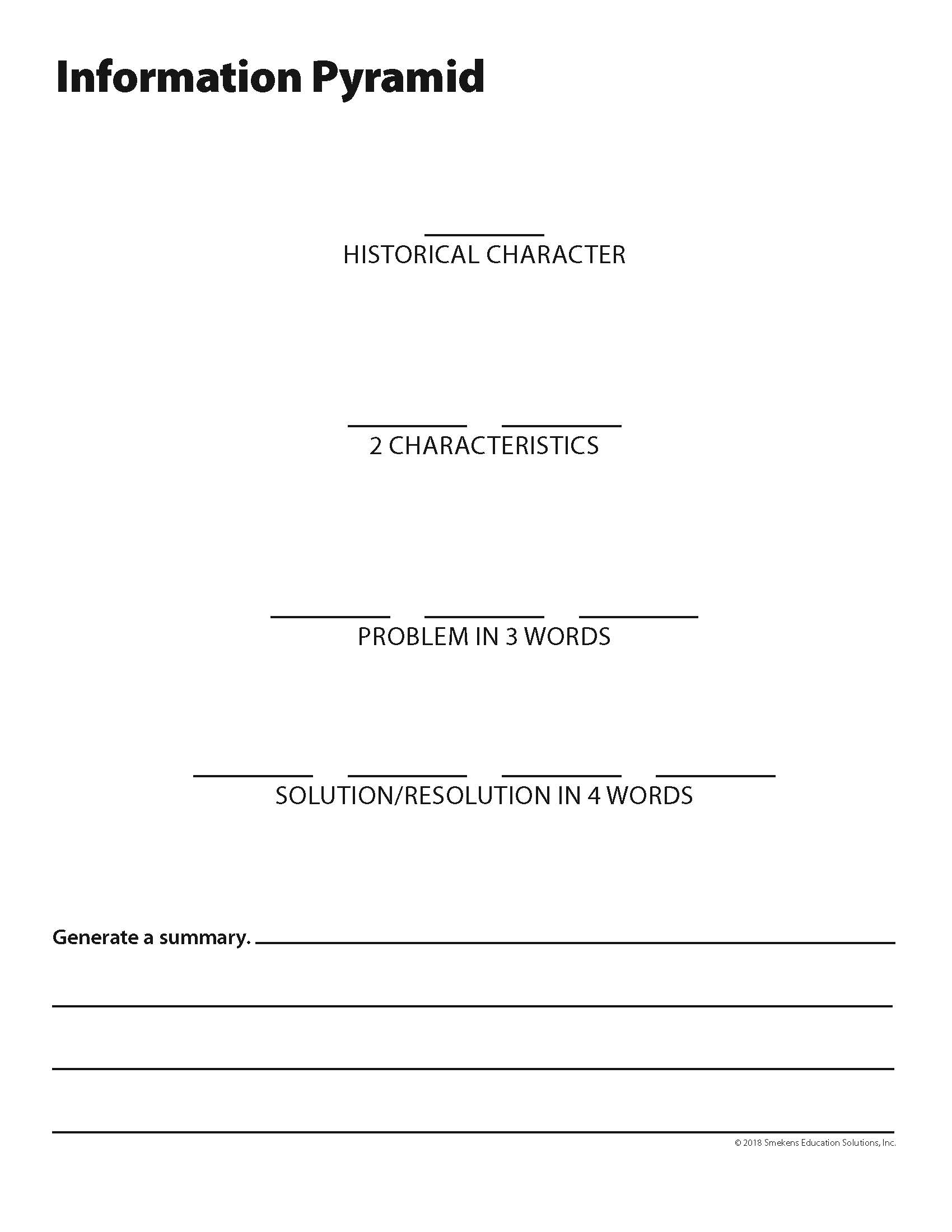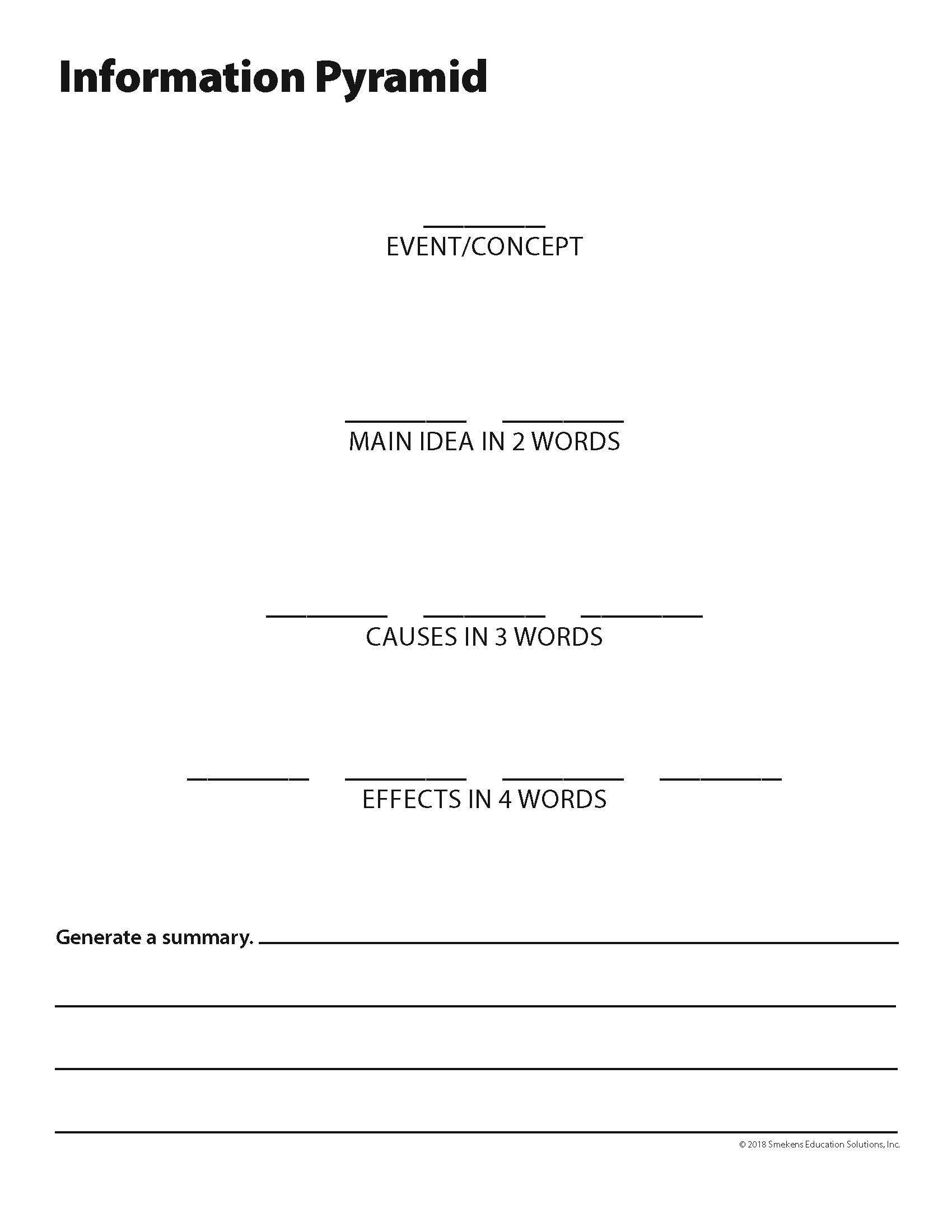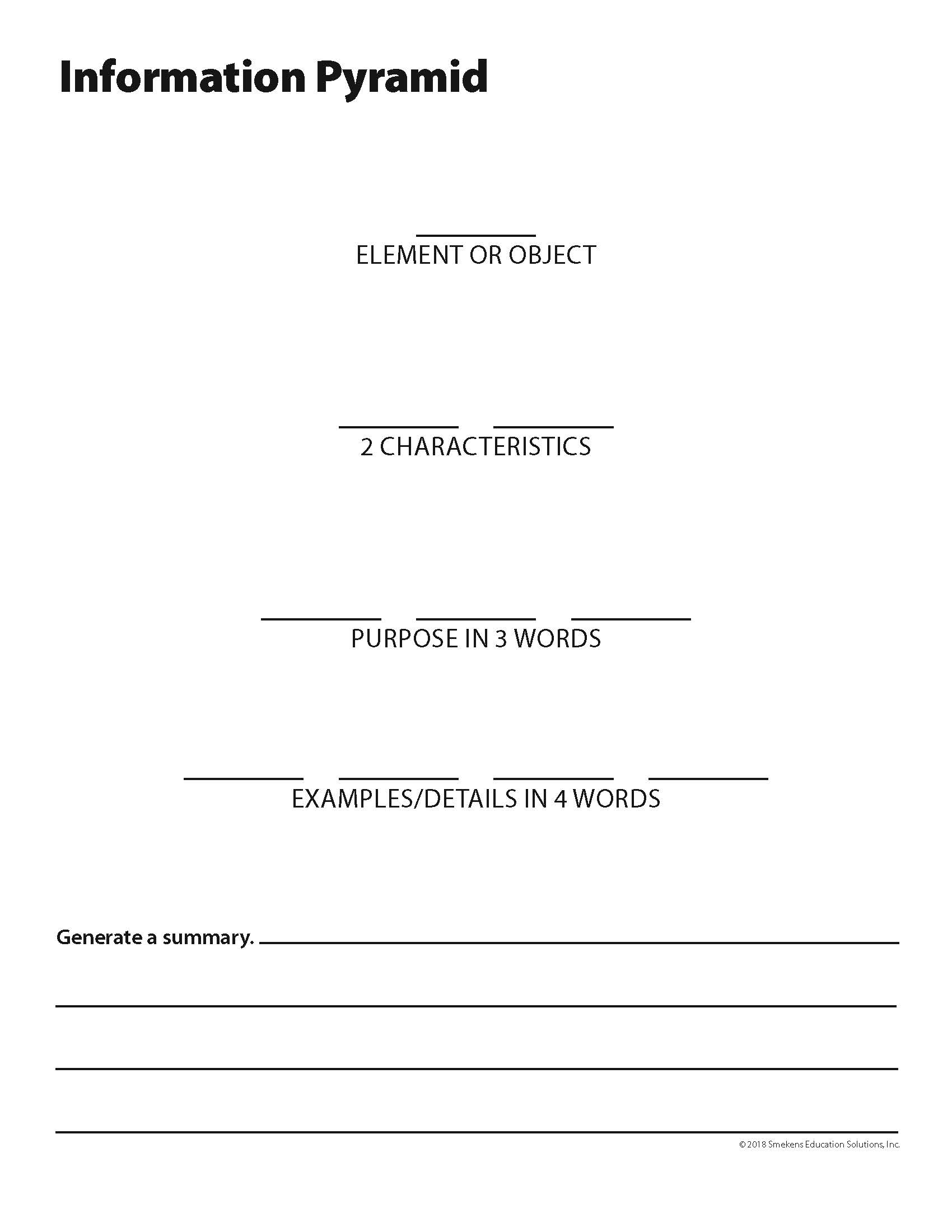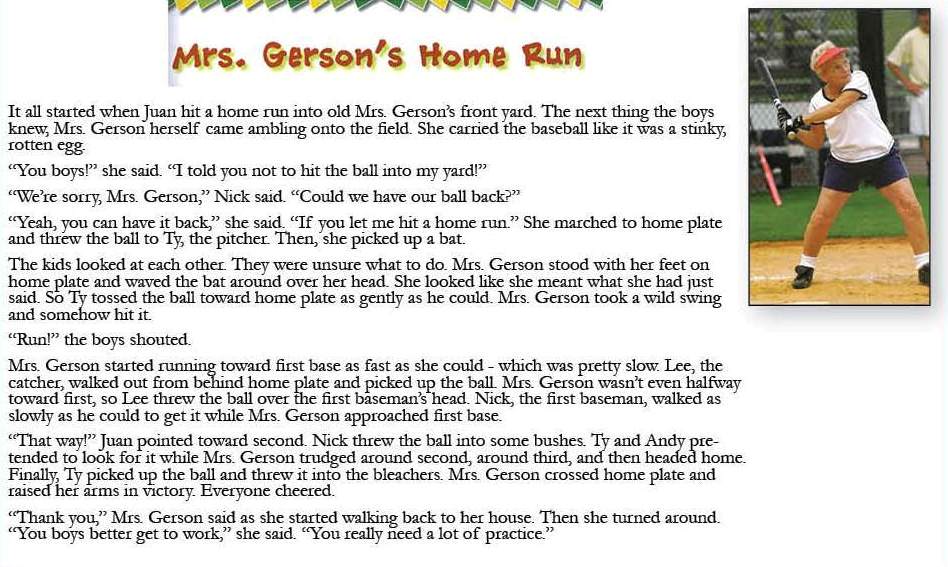Delivering Explicit & Engaging Comprehension Mini-Lessons
SECRET SITE
Quick Links
V

Identify what is important and why
Identify significant lines of the text and why they are important.
List ABC details
This is a two-step retelling. First students list the details they recall from the text. Then they sort and organize the details to match the sequence or structure of the passage.

PDF | Word | Promethean | 18×24 poster | Smart Board | Google Share
Recall the gist with the Retelling Glove
After all-class or small-group instruction, move to oral writing with the knit gloves. Transition to the handout version that can be completed independently.
Retell the basic gist using key vocabulary
After reading informational text, have students retell facts and key details.
Retell details in order
For longer text, execute 2-step retellings – 1) List and 2) Sequence.
ABC Chart
Poster | Word | PDF | SmartBoard | Promethean | Google Share
Discern the important from the interesting
After reading, students list information/details pulled directly from the original text. Details are listed in phrases, not sentences. Students attempt to jot specific details on the numbered lines in the same order they are found within the reading without looking back at the passage. Depending on the age of the reader and the length of the passage, choose from the 5-point, 10-point, and 20-point options below.
20-Point Detail List
Template
Snapple Facts are interesting details.
Snapple Real Facts website
Provide a comprehensive retell with a Storyboard
Frame by frame, students retell key details in chronological order using quick pictures and key words.
Provide a comprehensive plot retelling with Story Pyramids
Before students can write a simple summary, they have to be able to provide an oral one.
Build a rubric with your students, distinguishing a strong oral retelling (Level 3) versus a weaker one (Levels 1-2).
Story Pyramid
Beginner Template | Advanced Template
Summarize a portion or excerpt in a paraphrase
Although a paraphrase includes specific details from the text, it is presented in the reader’s own words.
Support summary writing with a frame
Students can hone their summarizing skills by completing the Somebody… Wanted… But… So… Then… frame.
Summarize informational text
Utilize the subheadings of a longer text to generate summary after-reading.
Identify characteristics of text structures
A tweak on the traditional plot-development mountain, this graphic organizer depicts a chronological roller coaster ride that narratives follow.
Recognize the same topic presented in various informational text structures. The key is to understand how transition words and phrases indicate the organization of the information.
Summarize based on text structure
Summarize a nonfiction passage based on its text structure.
Information Pyramids in the different text structures may also be helpful resources.
Track the development of story elements across a text
Utilize an Interaction Tracker to record simultaneous setting, events, and character details. Then, look for cause-effect patterns to identify how the items are related.



